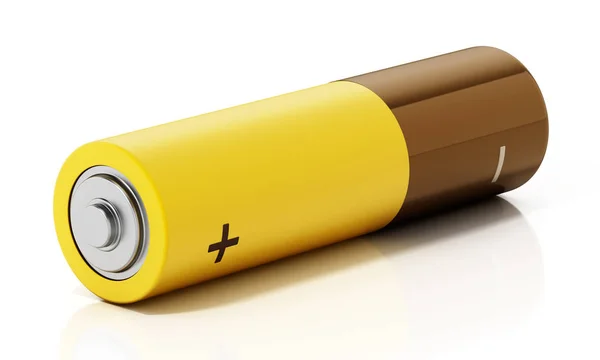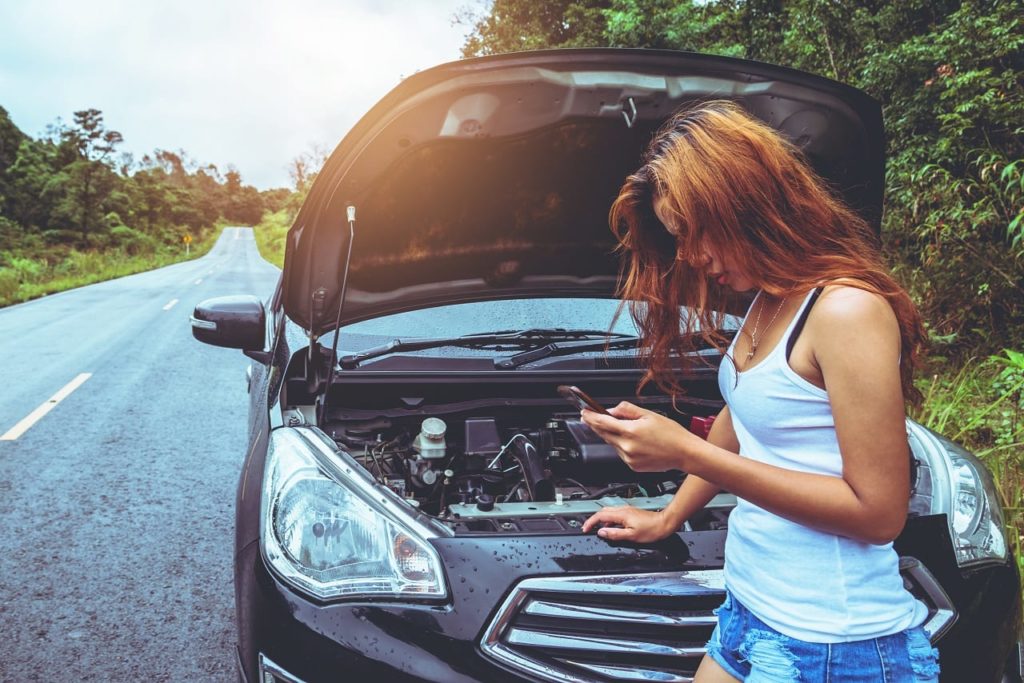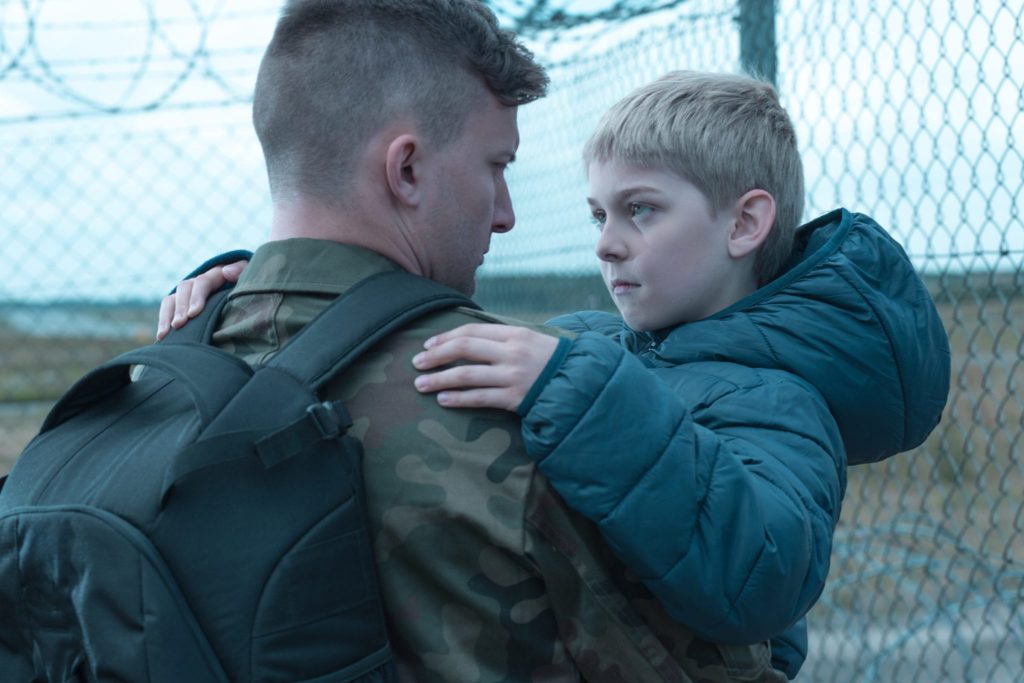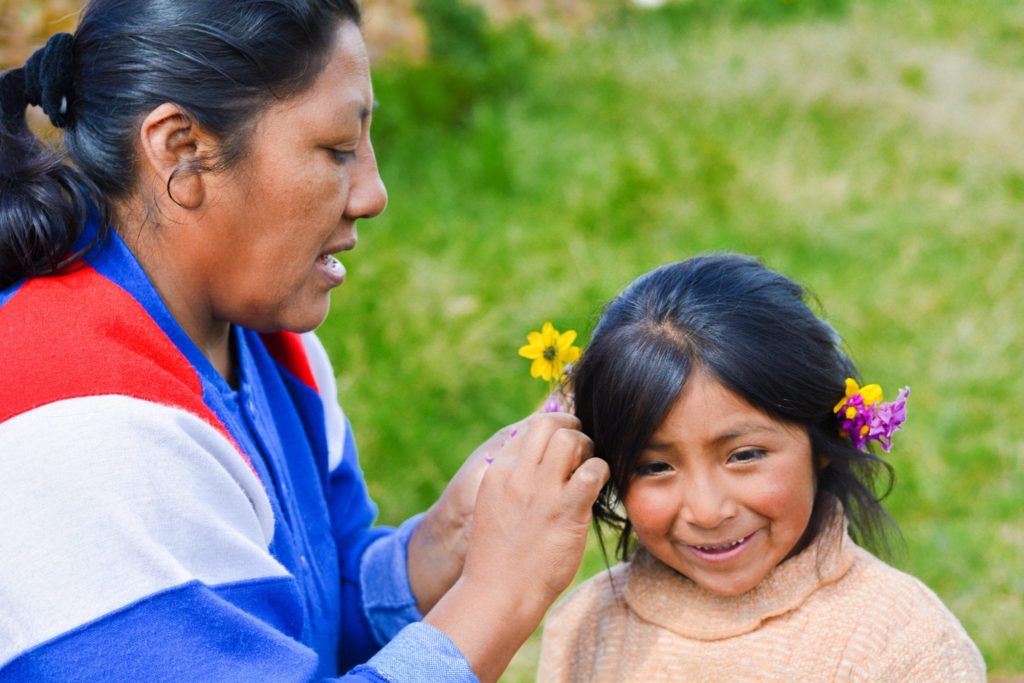Emotional Fuel
What is Emotional Fuel?
Emotional Fuel: Everyone experiences a wide range of emotions. Both “positive” and “negative” emotions can be used as fuel to increase resilience – you just have to know the fuel is there and how to access it.

Listen to this Chapter
Introducing the Battery
Think about a car battery. When it dies, you can’t charge it with just a positive or negative connection alone – you need both. Similarly, both “positive” and “negative” emotions can be used as fuel for resilience if we learn how to channel them.
“Negative” emotions tend to get a bad rap, but think about it: emotions like fear can lead to strength, survival, and readiness. Anger can create energy, conviction, and dignity. Grief can give you empathy for others who are dealing with something similar. The emotions we generally perceive as “negative” aren’t always bad, they’re a part of everyday life, so we may as well learn how to do something productive with them.

Applying the Battery as a Parent
Think back to a moment in the last few weeks or months that made you particularly angry, stressed, anxious, or sad. How did you view those emotions? How did you deal with them?
The first step in getting positive energy from this “battery” is to stop looking at emotions like the ones above as “bad” Anger doesn’t feel good, sadness isn’t “fun,” but these emotions give us energy for resilience as much as “positive” emotions like joy and love – maybe even more!
So let’s unpack the emotion you felt recently. Maybe your response was to shut down, give up, or lash out – to be destructive rather than productive. That’s to be expected. But now rewind. Go back to that emotional moment. What could have been done differently to harness the energy of that emotion in a productive way?
Here’s a quick example that might help. Andre is a divorced parent who spends time with his kids on the weekends and attends all their school and sporting events. Then, out of the blue, his ex-wife Laura gets a job out of state. The court rules that the kids can come with her. As you can imagine, emotions run high in this scenario! Andre is angry and devastated. Andre can now use these negative emotions to fuel positive outcomes or they could lead to destructive consequences. The positive and productive outlet for these emotions could be talking to a lawyer about his options, taking on a second job to save up for more frequent flights to see the kids. He could set up a job alert for work in the new state, or he can make a rigorous effort to communicate regularly with the kids via Snapchat, social media, texting, and Skype. He can work out his grief with a licensed therapist or siblings, parents, and close friends. He should not feel guilty for the negative emotions, but rather use them to fuel positive outcomes.

Taking positive action when it comes to “negative” emotions is not an easy thing. It requires creativity and thinking outside the box. The good news is, you’ll get better at this with practice.
Helping Kids Understand the Battery
When children are angry, upset, jealous, or sad, it can be hard to simply allow them to feel those emotions without trying to correct them or immediately change them. This, too, takes practice – both on your part and theirs.
Talk to your children about their “negative” emotions. Ask them to speak them out loud if they’re having trouble articulating what they’re feeling.

Example Conversations:
- You feel like your baby sister is getting more attention and that makes you feel a little jealous and sad. Is that right?”
- Whoa – you must be feeling a lot of anger to yell at me like that. Why don’t we both take a breather and revisit this conversation in an hour?”
- You seem really withdrawn and upset lately. I think it’s because you miss Dad while he’s deployed. Can you tell me if I got that right?”
Once the emotion has been acknowledged, you can start talking about ways to use the “fuel” from the emotion for good. The toddler who is jealous of the new baby could go into “super helper” mode and throw away diapers, bring you changes of clothes for the baby, and pick out toys for the baby to play with. The angry teenager could channel the anger into a hobby or other healthy outlets like music, sports, or art. The child who misses a deployed parent could channel that pain into extra letters, home videos to share or organizing a community collection drive for deployed soldiers.
When you try to speak the emotions that your kids are feeling and allow them to correct you if you’re wrong, they’ll get better at acknowledging their own emotions so they can begin the process of working through them.
More Examples for Your Kids
To help your child understand what emotional fuel looks like, you could talk about some people who have turned their emotions into energy.
Here’s a real-life example: There’s a girl in Flint, Michigan named Amariyanna Copeny (Mari) who felt pretty upset about something that was happening in her town – the water there was bad and was making a lot of people sick. Mari herself had scars on her arms from the bad stuff in the water. Instead of just getting mad and doing nothing, she marched in protests to draw awareness of what was happening, and even wrote a letter to President Obama inviting him to visit her city – which he did! Mari is a good example of using anger in a good way and not a bad way.

Marvel’s “The Hulk” is a superhero that definitely gets a lot of energy from negative emotions like anger and rage. Sometimes those emotions get the better of him and he can do some pretty destructive things. But at other times he tries to use that energy to protect the people he cares about. Other superheroes, like Batman, have also used emotions like sadness and loss to pursue justice and make their city a better place.
Remember: ALL emotions are fuel! If you’re only using the positive emotions to overcome your challenges, you’re only using half the resilience resources available to you.
Discussing The Battery with Your Child
If your children are old enough to grasp the battery metaphor, try taking the entire family out to your car. Pop open the hood, point out the battery, explain what it does, and describe how it has two sides. Explain that both the positive side and the negative side are necessary to start the car. Ask the children to come up with examples of positive and negative emotions and explain that both have energy within them and that we can actually use our negative emotions to be productive and creative.
If your kids are old enough to have cell phones, have them look at the battery icon on their screen. Point out that just as we’re always paying attention to the battery life of our phone, it’s important to always pay attention to the emotions we’re feeling so we can think about how to “charge” our battery and use those emotions as fuel.
Share one of the examples above or one of your own to illustrate what it can look like to use all kinds of emotions in a good way.

As a family, brainstorm family situations that arise causing both negative and positive emotions. Explain that these emotions contain energy and that this energy can be used to create useful and productive solutions to family problems. Be prepared to share an example or two and ask your family if they can think of examples.
Reflection
Think about the range of emotions you’ve observed in your family during the past week. How have these emotions, especially the “negative” ones, been expressed? What are some ways you could coach your children to channel their “negative” emotions into productive outcomes?

“Everyone has emotions, good and bad, that they carry around with them, like a big bucket of energy. Positive emotions can generate fuel. Negative emotions are equally powerful… When you have your resilience breakthrough, you realize that the fuel is there… and are able to access it quickly.“
